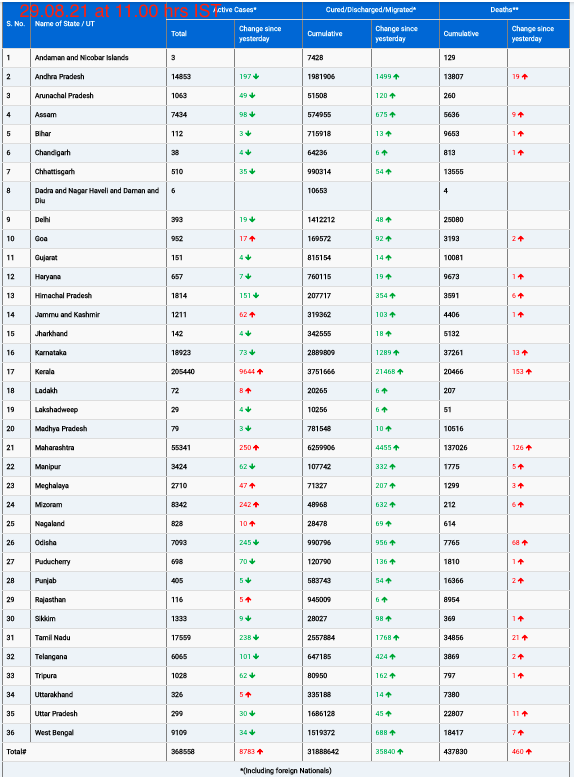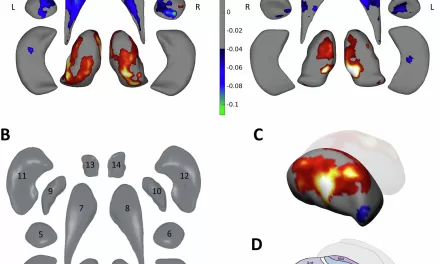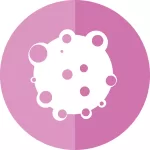University of Illinois Chicago researchers have developed a safer, more effective treatment for the most common pediatric leukemia, potentially opening new doors for broader cancer therapies.
A groundbreaking study led by Arnon Lavie, professor of biochemistry and molecular genetics at the University of Illinois Chicago (UIC), has revealed an innovative way to redesign a treatment for acute lymphoblastic leukemia (ALL), the most common form of leukemia in children. The newly engineered drug, a modified version of asparaginase, offers significant promise by eliminating severe side effects like blood clots and liver damage, which have limited the drug’s use in the past.
Published in Cancer Letters, Lavie’s team used protein engineering to create a biologic compound that enhances the therapeutic effects of asparaginase while reducing harmful immune responses and toxicities. Asparaginase works by depleting the amino acid asparagine, a vital nutrient for leukemia cells. However, the drug’s side effects have long hindered its potential in treating ALL. By redesigning the enzyme, the UIC scientists aimed to maximize its benefits while minimizing harm to patients.
“Our goal was to maximize the therapeutic effects of asparaginase while reducing its toxicity,” said Lavie. “We hope our findings will allow a broader range of patients to benefit from this treatment and even extend its application to other cancers.”
The team’s redesigned enzyme was tested in mice with ALL, where it successfully targeted and destroyed leukemia cells without the common side effects typically seen with traditional asparaginase treatments. In addition, it showed promising results in laboratory models of other cancers, including melanoma and liver cancer, where it effectively shrank tumors.
This encouraging data strengthens the efforts of Lavie’s research group to bring the novel treatment to clinical trials. In 2023, the National Cancer Institute (NCI) selected Lavie’s company, Enzyme by Design, to conduct the preclinical work needed for human trials.
In addition to eliminating adverse reactions, the new version of asparaginase also boasts a longer half-life, meaning that patients could receive fewer treatments, reducing the burden of frequent intravenous infusions.
The redesign was inspired by a surprising discovery: the original source of asparaginase in the 1950s, the guinea pig. The team identified specific guinea pig enzymes with unique anticancer properties and then re-engineered them to be more like human enzymes. This “humanization” helped reduce the immune response in patients, a major problem with the bacterial-derived version of asparaginase.
The research shows significant progress in turning an academic discovery into a real-world treatment. The next steps will involve further testing, including toxicity and manufacturing studies, before the compound can be tested in humans.
Lavie is optimistic about the future: “After more than a decade of research, we are on the brink of seeing our drug in clinical trials. It’s incredibly rewarding to know that we may soon be able to offer new hope to children battling leukemia and potentially to those with other cancers.”
Disclaimer: This research is in its preclinical stages. The treatment is not yet approved for human use and should not be considered as an immediate or proven cure for leukemia or other cancers. The findings reported are subject to further clinical testing and regulatory review.
For more details on the study, visit: Cancer Letters, 2024











